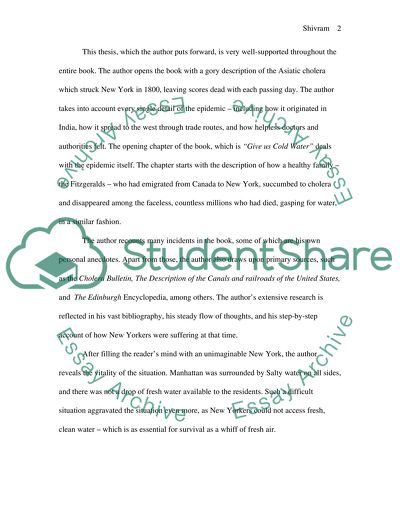Cite this document
(“Period Of Water Issues In The History Of New York Book Report/Review”, n.d.)
Period Of Water Issues In The History Of New York Book Report/Review. Retrieved from https://studentshare.org/literature/1523387-review-essay-water-for-gotham-a-history-by-gerard-koeppel
Period Of Water Issues In The History Of New York Book Report/Review. Retrieved from https://studentshare.org/literature/1523387-review-essay-water-for-gotham-a-history-by-gerard-koeppel
(Period Of Water Issues In The History Of New York Book Report/Review)
Period Of Water Issues In The History Of New York Book Report/Review. https://studentshare.org/literature/1523387-review-essay-water-for-gotham-a-history-by-gerard-koeppel.
Period Of Water Issues In The History Of New York Book Report/Review. https://studentshare.org/literature/1523387-review-essay-water-for-gotham-a-history-by-gerard-koeppel.
“Period Of Water Issues In The History Of New York Book Report/Review”, n.d. https://studentshare.org/literature/1523387-review-essay-water-for-gotham-a-history-by-gerard-koeppel.


